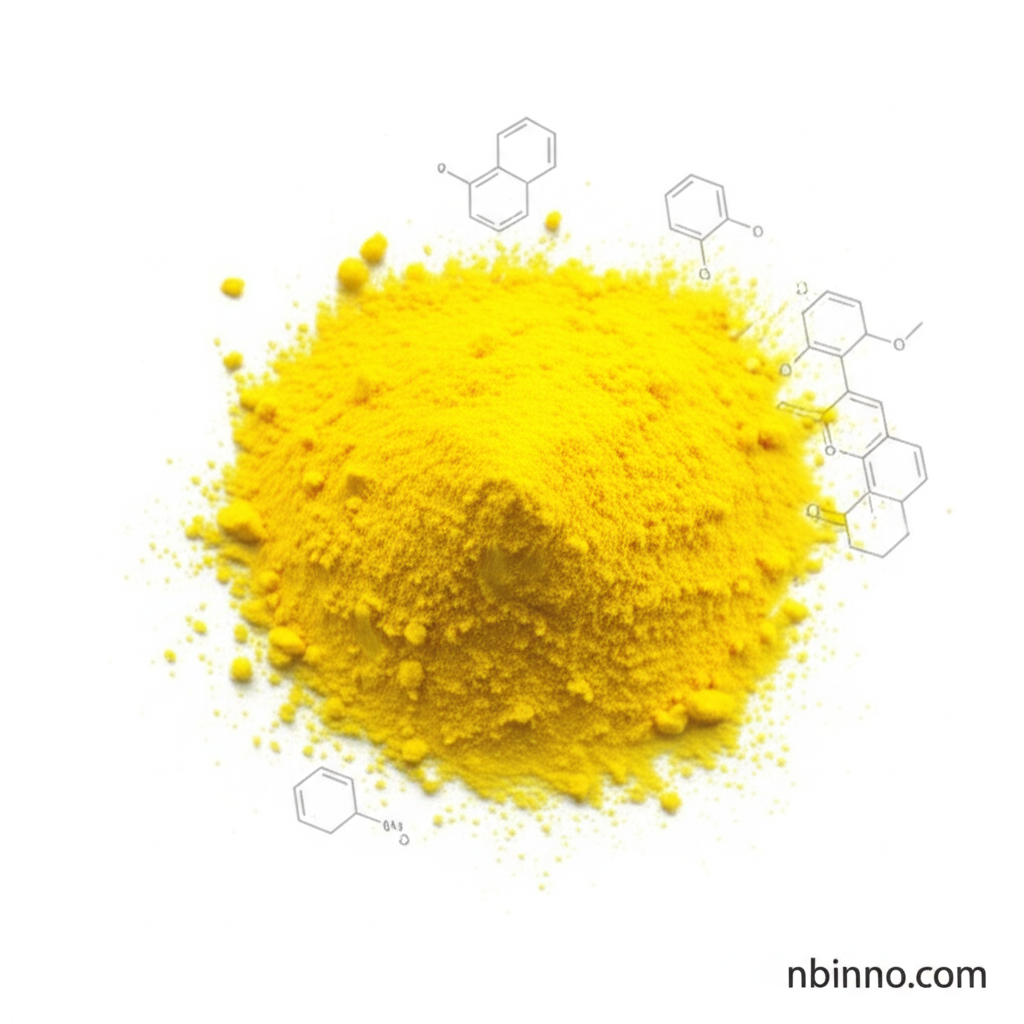Ethyl 2-(3-formyl-4-hydroxyphenyl)-4-methylthiazole-5-carboxylate: A Pharmaceutical Key
Your essential intermediate for advanced pharmaceutical synthesis and drug development.
Get a Quote & SampleProduct Core Value

Ethyl 2-(3-formyl-4-hydroxyphenyl)-4-methylthiazole-5-carboxylate
This compound serves as a critical building block in the pharmaceutical industry, notably as a key intermediate in the synthesis of Febuxostat. Febuxostat is a powerful xanthine oxidase inhibitor used effectively in the treatment of hyperuricemia and gout, conditions characterized by elevated uric acid levels.
- Discover the critical role of this Ethyl 2-(3-formyl-4-hydroxyphenyl)-4-methylthiazole-5-carboxylate intermediate in the Febuxostat synthesis pathway.
- Explore its application as a pharmaceutical chemical for managing hyperuricemia.
- Learn about its CAS number, 161798-01-2, and its significance in chemical manufacturing.
- Understand how this thiazole derivative contributes to the development of xanthine oxidase inhibitors.
Advantages Offered
High Purity Intermediate
With an assay of u226599.0% and low loss on drying (u22640.5%), this chemical intermediate ensures high quality in your Febuxostat synthesis, contributing to effective hyperuricemia treatment.
Versatile Thiazole Derivative
As a versatile thiazole derivative, it finds use not only in Febuxostat synthesis but also in the creation of novel compounds, highlighting its importance in broader chemical research.
Reliable Synthesis Component
Leveraging established synthesis routes, this compound is a reliable component for pharmaceutical manufacturers aiming for consistent production of gout treatment medications.
Key Applications
Febuxostat Synthesis
This compound is a primary building block for synthesizing Febuxostat, a vital drug for patients suffering from hyperuricemia and gout.
Pharmaceutical Intermediates
As a key pharmaceutical intermediate, it plays a crucial role in the manufacturing process of various active pharmaceutical ingredients (APIs).
Chemical Research
Its unique chemical structure makes it valuable for research in developing new medicinal compounds and exploring novel synthetic pathways.
Gout and Hyperuricemia Management
Ultimately, its application contributes to the development of effective treatments for conditions like gout, improving patient health outcomes.
